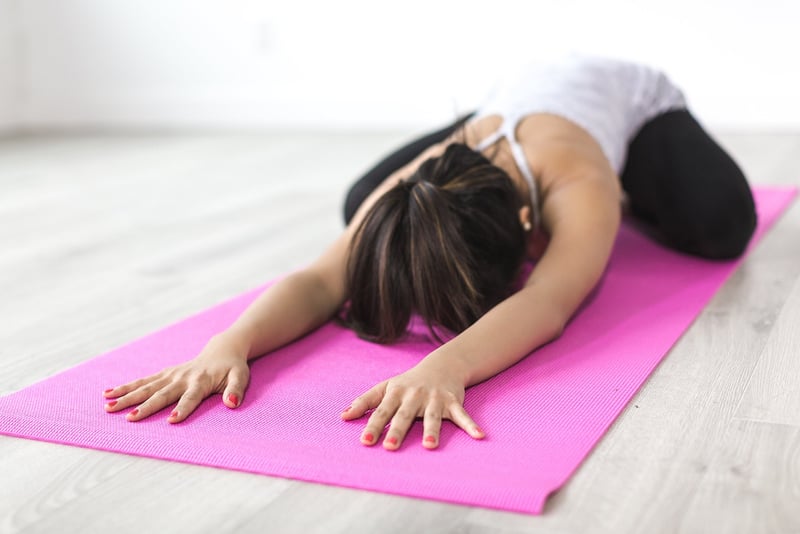Pranayama Practice
Exercises Emphasizing Breath Control + Pranayama Practice
Incorporating breath control exercises and pranayama practice into your routine can have numerous benefits for both the mind and body. These practices are deeply rooted in ancient traditions like yoga and can help improve overall well-being. Let's explore some exercises that emphasize breath control along with the art of pranayama.
1. Diaphragmatic Breathing
Diaphragmatic breathing, also known as belly breathing, focuses on using the diaphragm instead of the chest to breathe. To practice this:
- Lie down or sit comfortably.
- Place one hand on your chest and the other on your belly.
- Inhale deeply through your nose, letting your belly rise as you fill your lungs.
- Exhale slowly through your mouth, feeling your belly fall.

2. Box Breathing
Box breathing is a technique to enhance concentration and reduce stress. Here's how to do it:
- Inhale for a count of 4 seconds.
- Hold your breath for 4 seconds.
- Exhale for 4 seconds.
- Hold your breath again for 4 seconds.

3. Alternate Nostril Breathing
This pranayama technique is believed to bring balance to the body and mind. Follow these steps:
- Sit comfortably with your spine straight.
- Use your right thumb to close your right nostril and inhale through the left.
- Close the left nostril with your ring finger, release the right nostril, and exhale through the right nostril.
- Inhale through the right nostril, then close it and exhale through the left.

Regular practice of these exercises can lead to improved focus, reduced stress, and better overall health. Remember to start slowly and gradually increase the duration as you become more comfortable with the techniques.
Discover the transformative power of breath control and pranayama practice by incorporating these exercises into your daily routine.
